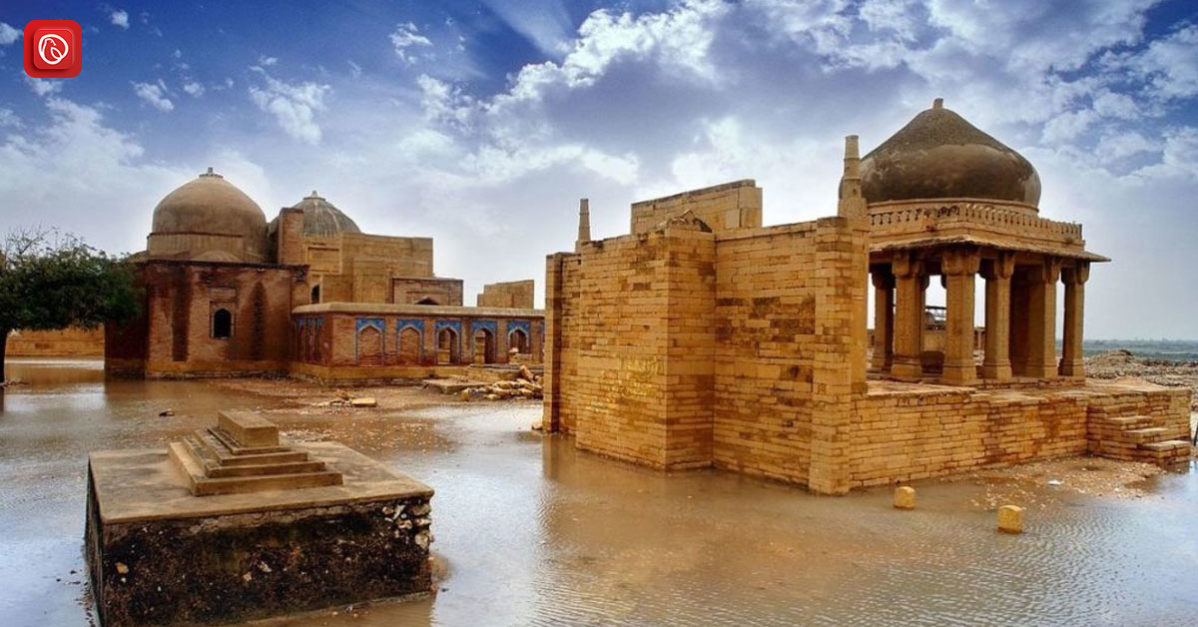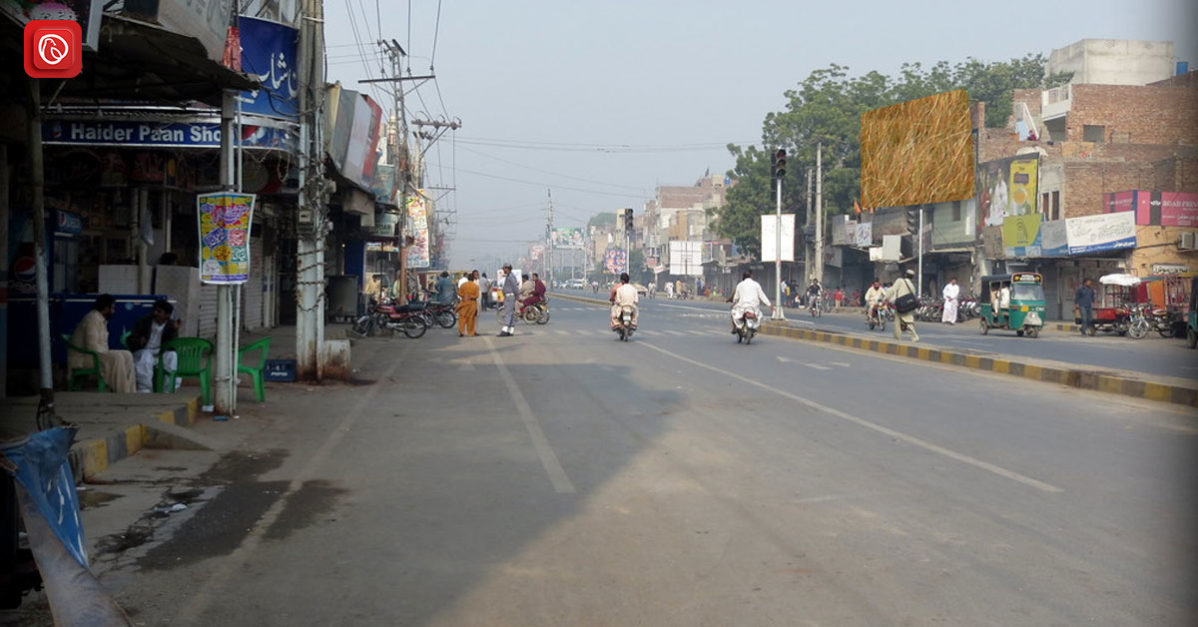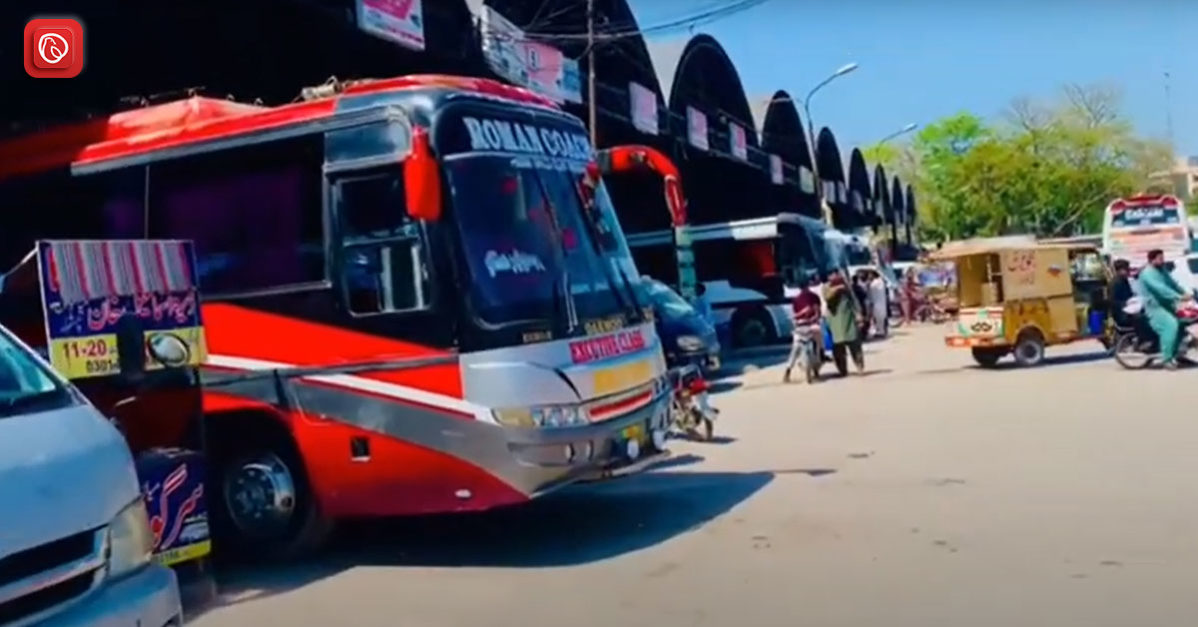It is a city town located in the south-central region of Khyber Pakhtunkhwa province, Pakistan. Situated just north of the Kohat Toi River, it serves as the gateway to the Kohat Pass, where a military road was established in 1901. It is also known as the “City of Eagles,” located in the Khyber Pakhtunkhwa province of Pakistan. It is situated at the foothills of the famous Kohat Pass, which serves as a gateway to the tribal areas of Pakistan. The city has a rich history dating back thousands of years, with various civilizations leaving their mark on its landscape.
Graana.com has gathered information on Kohat including its location, history and more.
History
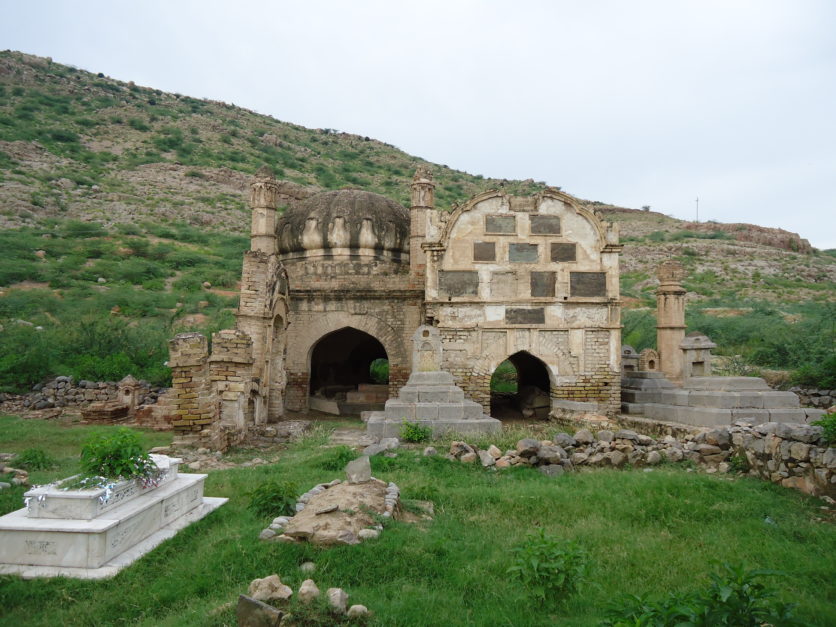
Kohat boasts a fascinating history that dates back thousands of years. The region has witnessed the rise and fall of several ancient civilizations, leaving behind a tapestry of cultural heritage. Archaeological excavations have unearthed remnants of the Indus Valley Civilization, showcasing the city’s ancient roots.
The present-day town is separate from the original 14th-century town, believed to have been founded by the Buddhist Raja Kohat. Manufacturing activities in Kohat involve the production of cotton loincloths, turbans, textiles, shoes, and leather goods.
Furthermore, the main agricultural product of the region is guavas. Kohat gained municipal status in 1873 and features essential amenities such as a hospital, a library, and a government college affiliated with the University of Peshawar. Additionally, a British army fort is located near the centre of the new town.
Moreover, it is also well-connected by road to Peshawar, Rawalpindi, and Bannu. A 1.2-mile (1.9-km) tunnel connects Kohat to Peshawar. As of 1998, the population of Kohat, including the cantonment, was approximately 125,271.
Geography
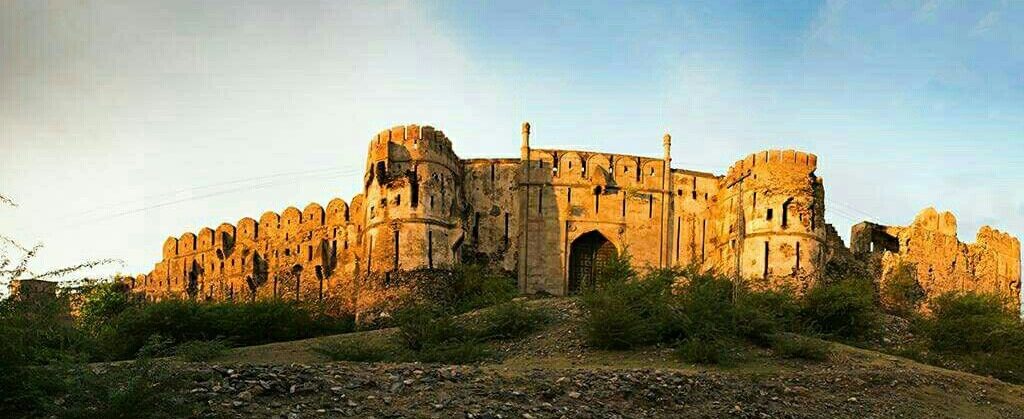
The city of Kohat is situated at an altitude of 489 metres (1,604 feet). It is located on the left bank of the Toi River. It is positioned on the northern side of the Kohat Pass, where the river changes direction from running eastward for approximately 50 miles (80 kilometres) to flowing southward. The district of Kohat covers a total area of 2,545 square kilometres (983 square miles).
Natural Beauty and Landscapes
It is full of an abundance of natural beauty. It encompasses breathtaking landscapes and picturesque surroundings. The city is located amidst the rugged beauty of the Kohat Pass and the majestic Kotal Hills. The iconic Tanda Dam, located just outside the city, offers a serene escape with its tranquil waters and lush greenery.
Tanda Wildlife Park
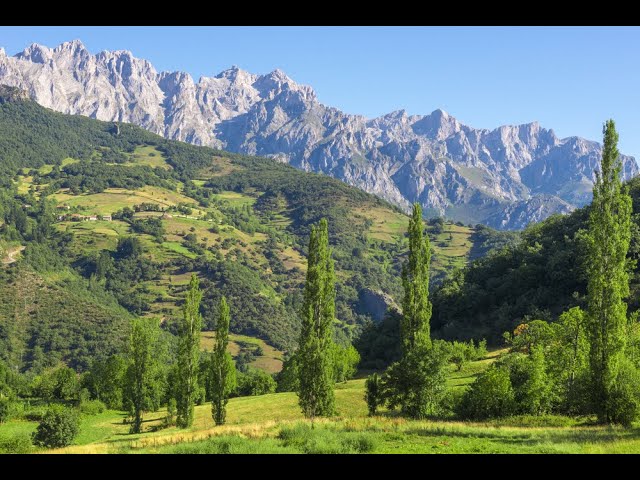
Tanda Wildlife Park, which is near Kohat City, spans an area of 2,800 acres. It includes the Tanda Reservoir and its surrounding catchments. This park is the largest wildlife park in the Khyber Pakhtunkhwa province. The park boasts a diverse landscape that supports a wide range of mammals, birds (both migratory and indigenous), and a few reptile species.
The local community does not have grazing, lopping, or firewood collection rights within the park, as it is under the ownership of the provincial government. The park’s area is a natural habitat for urinals and chinkara, and it also provides a suitable environment for hog deer. The urial, which used to be abundant in the area, has gradually disappeared due to continuous habitat destruction. The natural habitat of urial and chinkara is close to human settlements.
Jarama Valley
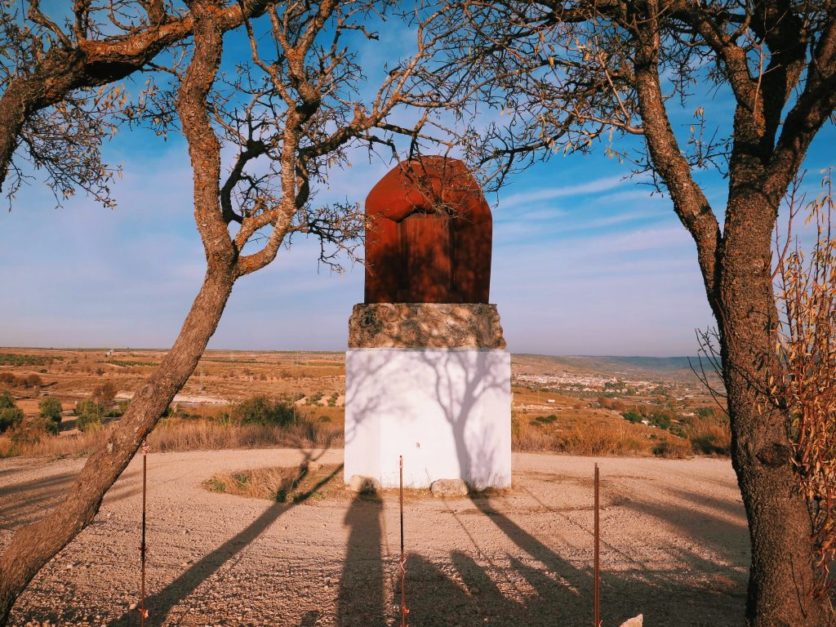
The enchanting Jarma Valley, located on the outskirts of Kohat, is a paradise for trekkers and adventure seekers. The valley is a treasure trove of scenic trails, pristine streams, and cascading waterfalls. Embark on an exhilarating trek through the valley, immersing yourself in its untouched beauty.
Kotal Pheasantry
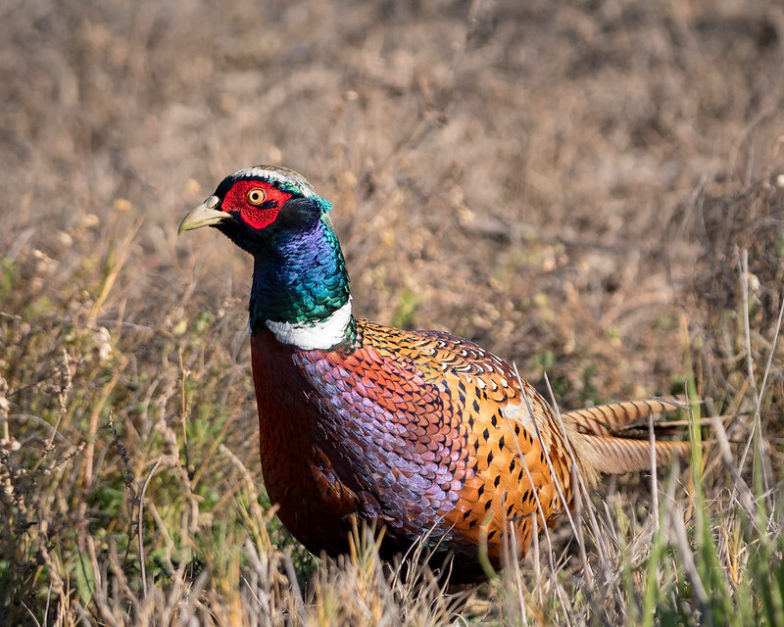
Kotal Pheasantry, located in the Kotal Wildlife Park in the Kohat district, spans an area of 1 kanal (approximately 0.125 acres). Its purpose is to propagate and provide a breeding environment for exotic and indigenous wildlife species, including silver pheasants, golden pheasants, reeves pheasants, and peacocks.
Furthermore, the pheasantry attracts around 20 to 30 visitors per day, including students and the general public, who visit for educational and recreational purposes. The pheasantry houses four species of pheasants: ring-necked pheasants, silver pheasants, peacock pheasants, and white pheasants.
Transportation
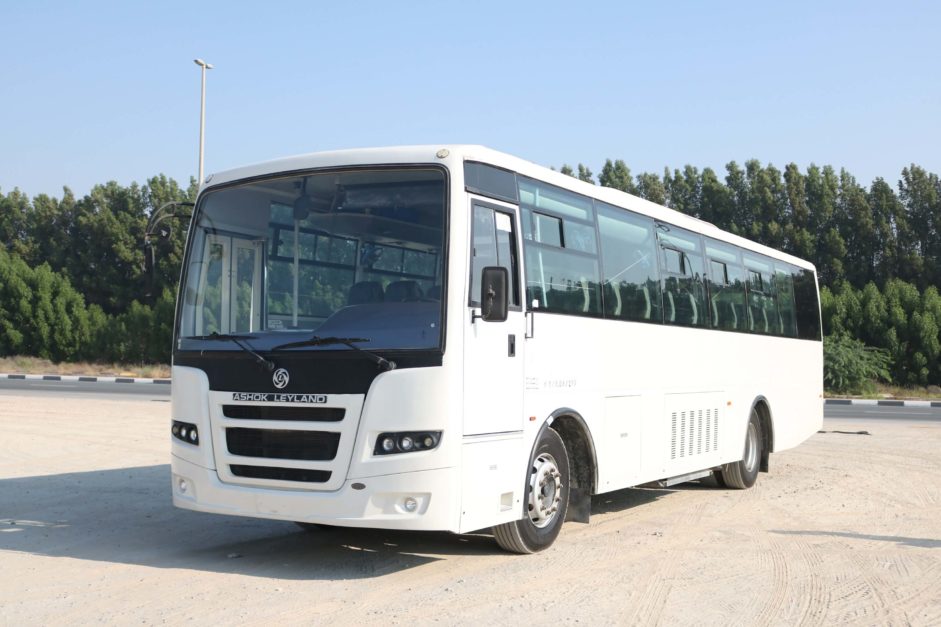
In terms of transportation, Kohat has a well-connectivity by rail, air, and road. The Kohat Tehsil railway station and railway line were constructed between 1897 and 1902. The Kohat Cantonment railway station serves as the terminus for the Khushal Garh-Kohat-Thal Railway, which used to provide narrow gauge railway service to Thall until 1991. Kohat is also the terminus railway station for the Kohat-Jand railway line, with daily train service to Rawalpindi.
By Air
For air travel, the nearest airport with commercial services is Bacha Khan International Airport in Peshawar. Kohat Airbase (IATA: OHT, ICAO: OPKT) is a Pakistan Air Force base that was initially built as a runway by the British. Although commercial services no longer operate in Kohat, PIA (Pakistan International Airlines) previously served the airport using de Havilland Twin Otter aircraft.
By Road
In terms of road connectivity, Kohat is a major intersection on the N-55 Indus Highway, which connects Peshawar to Karachi. Additionally, the N-80 highway links Kohat to Islamabad. Moreover, the Kohat Tunnel, spanning 1.9 kilometres (1.2 miles), was completed in 2004 with assistance from Japan. It significantly reduced travel times across the Kohat Pass, connecting the southern districts of Khyber Pakhtunkhwa to Peshawar.
Cultural Heritage
Kohat’s rich cultural heritage is a testament to its vibrant past. The city is home to a diverse population, comprising various ethnic groups, each contributing to its unique cultural tapestry.
Historical Landmarks
Discover Kohat’s historical landmarks that offer a glimpse into its glorious past. The Kohat Fort, constructed during the reign of the Mughals, stands as a testament to the city’s strategic importance. Its architectural marvels and panoramic views make it a must-visit destination.
Kohat Fort
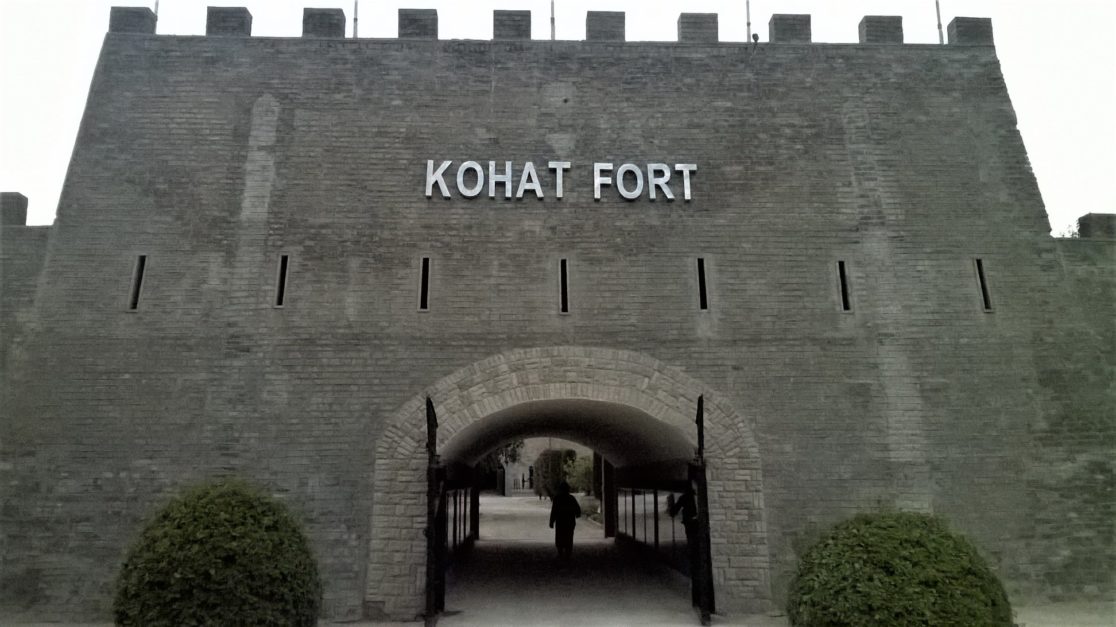
The majestic Kohat Fort stands proudly as a symbol of the city’s glorious past. Constructed during the reign of the Mughal Empire, this fort served as a strategic stronghold. Moreover, its imposing architecture and intricate design elements reflect the skilled craftsmanship of that era.
Shahi Masjid
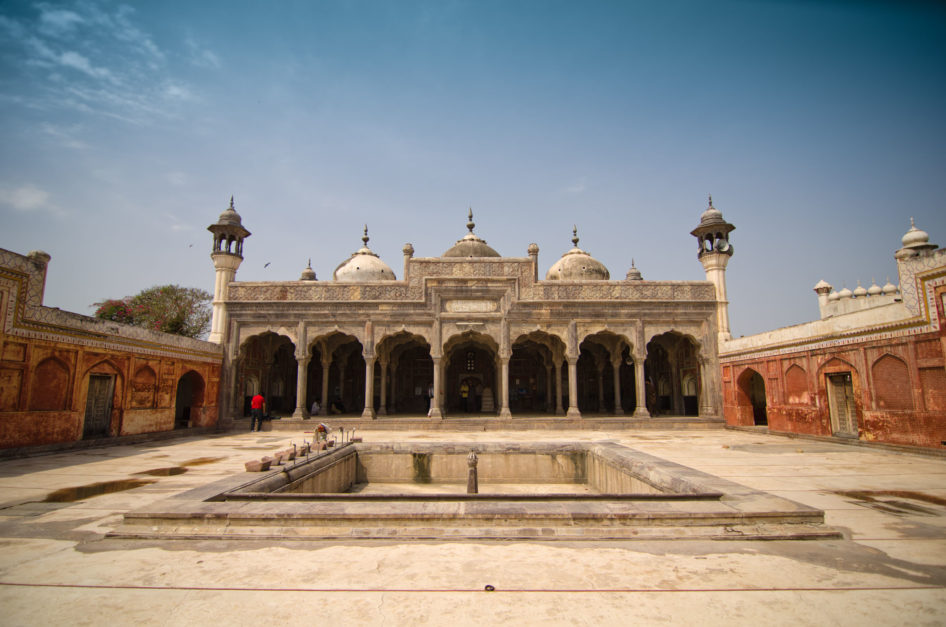
The Shahi Masjid, also known as the Royal Mosque, is a grand religious site in Kohat. Built in the 17th century, it showcases exquisite Islamic architecture with its elegant domes, minarets, and intricate carvings. On the other hand, the mosque holds religious significance and is a centre of worship for the local community.
British Cemetery
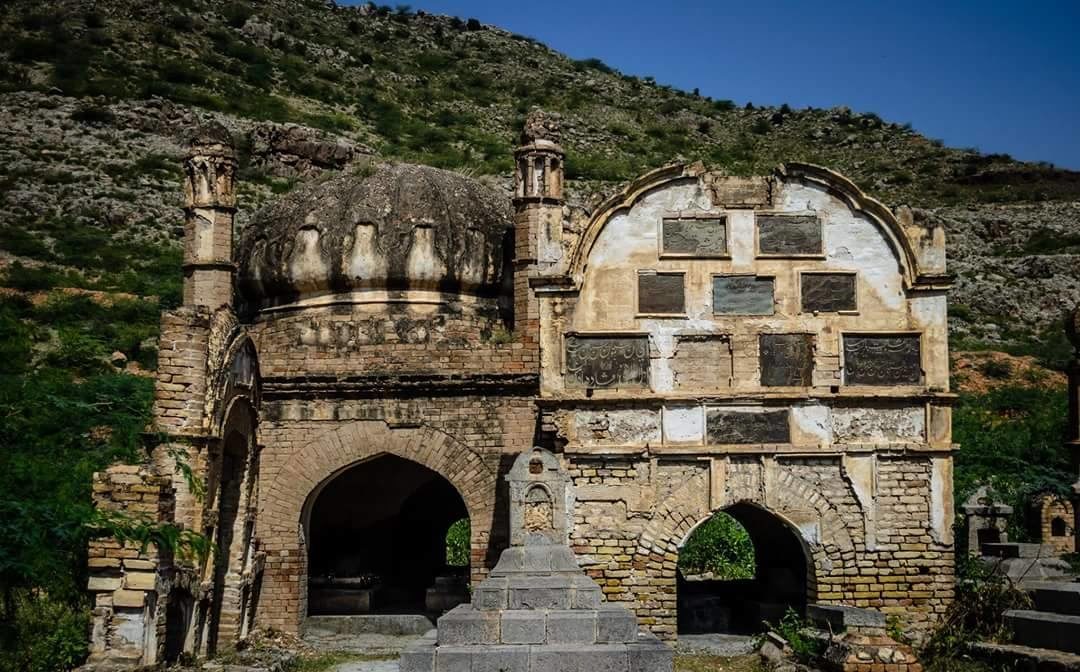
The British Cemetery in Kohat is a poignant reminder of the city’s colonial past. It is the final resting place for British officers and soldiers who served in the region during the British Raj. The cemetery’s serene atmosphere and well-preserved graves offer a glimpse into the history of the area.
Hangu Pass
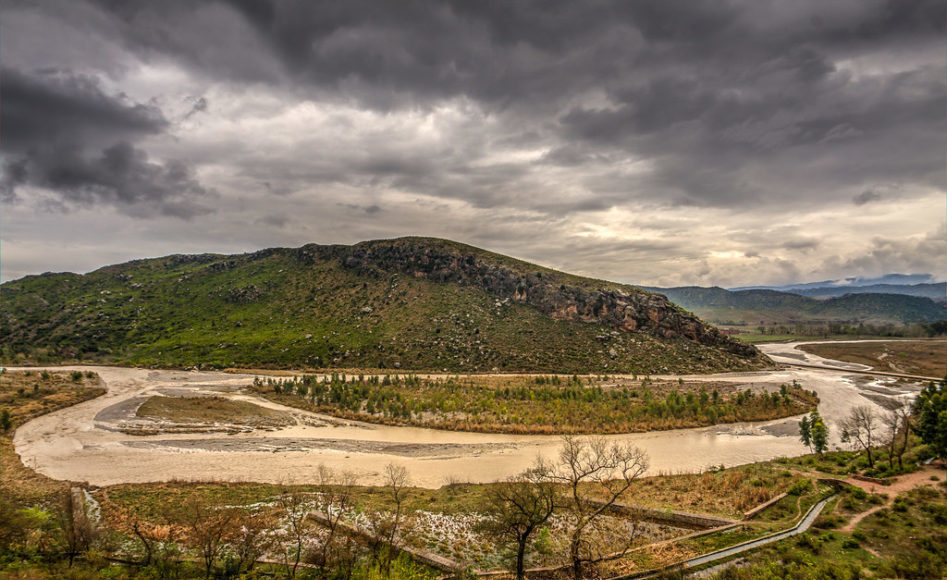
Hangu Pass, situated on the outskirts of Kohat, is a historic mountain pass that has served as a strategic route for centuries. It holds historical importance due to its role in various invasions and battles. The pass offers breathtaking views of the surrounding landscapes and is a favourite spot for nature enthusiasts.
Jamia Masjid Bala Hisar
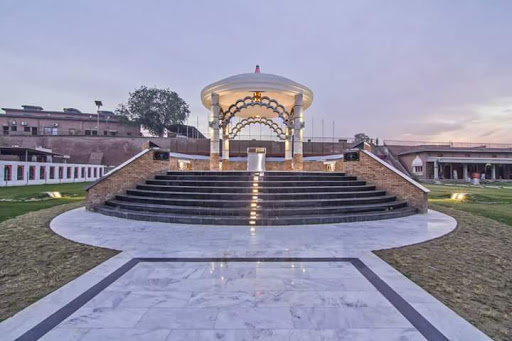
Jamia Masjid Bala Hisar is a renowned mosque located within the Bala Hisar Fort in Kohat. This historical mosque, constructed in the 18th century, displays impressive architectural features and intricate tilework. It holds religious significance and is a significant place of worship for the local Muslim community.
Delightful Cuisine
No journey to Kohat is complete without savouring its delectable cuisine. The city offers a wide array of culinary delights, influenced by the flavours of the subcontinent. Indulge in mouth-watering dishes such as Chapli Kabab, Peshawari Karahi, and the famous Kohati Pulao. Additionally, these gastronomic delights will tantalise your taste buds and leave you craving for more.
Tourism and Infrastructure
Kohat has made significant strides in developing its tourism infrastructure, ensuring a comfortable and memorable experience for visitors. The city offers a range of accommodation options, including luxurious hotels and cosy guesthouses, catering to diverse budgets. Additionally, the well-connected road network makes it easily accessible for travellers, further enhancing its appeal as a tourist destination.
Conclusion
Kohat, with its rich history, breathtaking landscapes, vibrant culture, and mouth-watering cuisine. Whether you seek adventure in its pristine valleys, delve into its cultural heritage, or simply indulge in its gastronomic delights, Kohat promises an unforgettable experience. Furthermore, plan your visit to Kohat today and unravel the wonders that this remarkable city has to offer.
FAQs
1. Is this a safe city for tourists?
Kohat has made significant efforts to ensure the safety and security of its residents and visitors. However, it is always advisable to follow basic safety precautions and stay informed about any local advisories before visiting.
2. What are the popular tourist attractions in Kohat?
Kohat offers a range of tourist attractions, including the historic Kohat Fort, Tanda Dam, and the scenic Kotal Khwand Pass.
3. What is the best time to visit Kohat?
The best time to visit Kohat is during the spring and autumn seasons when the weather is pleasant, and nature is at its most beautiful.
4. Are there accommodation options available in Kohat?
Yes, Kohat offers a variety of accommodation options, including luxury hotels, resorts, and budget-friendly guesthouses.
5. How can I get here?
Kohat has a well-connectivity to major cities in Pakistan through a network of roads and highways. Public transport, including buses and taxis, is readily available for travelling to and within the city.
Follow Graana blog for more related information.

